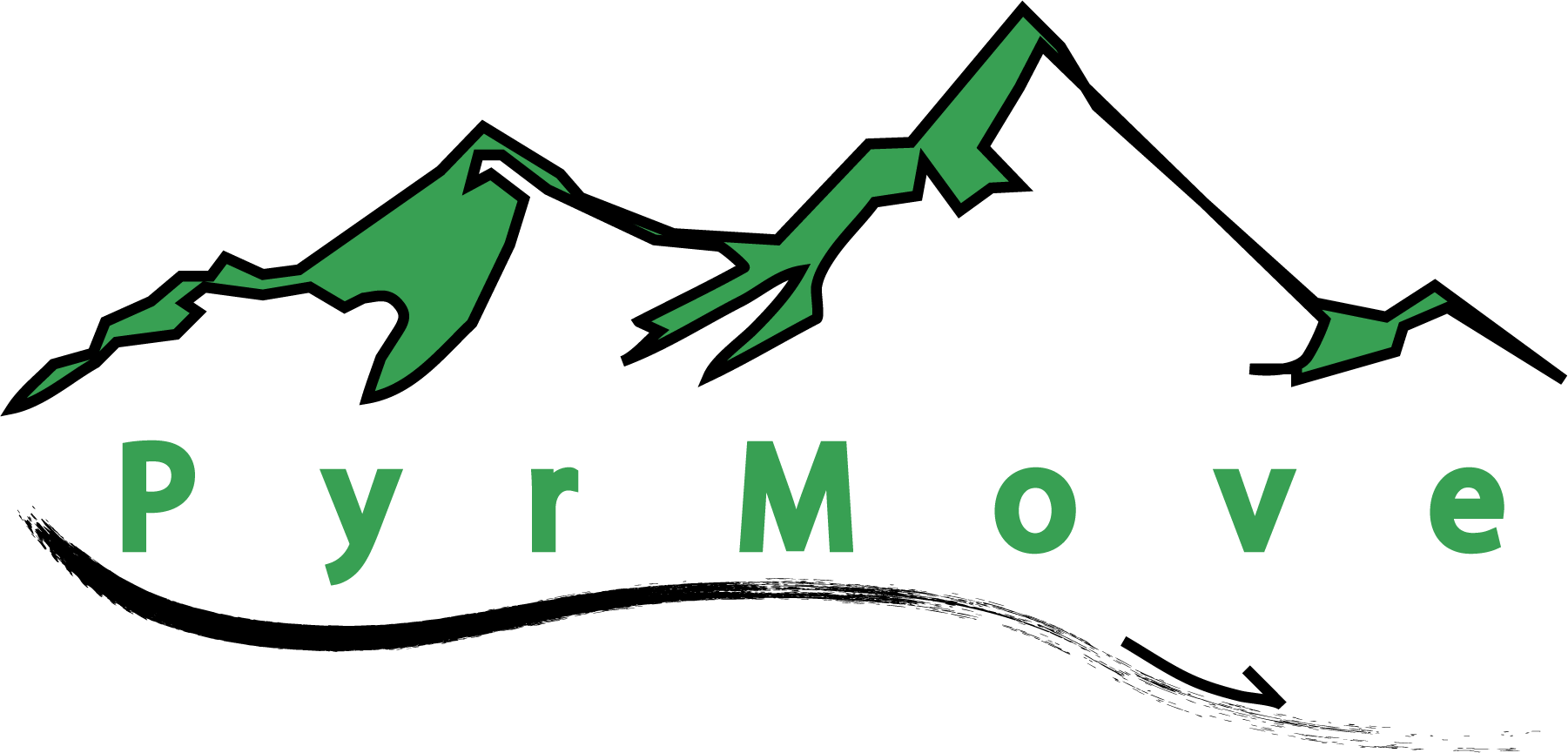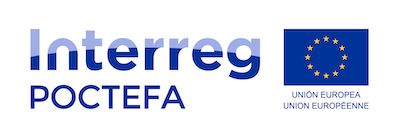Goals
The priority lines of action of the project include:
-
To promote the adaptation to climate change and the prevention and management of geological risks.
-
To encourage investment to address specific risks, guarantee adaptation to disasters and develop disaster's management systems.
-
To raise awareness within authorities and population about the risk of large landslides and MORLEs.
-
To improve the capacity of anticipation and response of the civil protection authorities to specific risks and to the management of natural disasters.
Thus, the project is divided into a work plan of several technical actions with specific goals:
Action 1: Project management
The project's management and monitoring will be carried out at two levels:
Project: chaired by a steering committee made up of those responsible for each technical action, the executive secretary (J. Moya, UPC) and the project coordinator (J. Vaunat, UPC).
Action: coordinated by the person responsible for each action. The person in charge may form a follow-up committee made up of representatives of the 5 partners as well as of the external authorities involved in the study of each of the project pilot sites.
At each level, the manager is in charge of the effective administrative and the financial coordination in accordance with what is committed to the program authorities. In particular, the person in charge will deal with the project's internal communication, information exchange, financial control and quality control, as well as of the outreach activities and the deliverable times. Moreover, the steering committee and, on its behalf, the project coordinator are responsible for giving the program management authority a clear and precise vision of the project's progress.
Throughout the project, those responsible will be in charge of preparing:
-
Internal progress reports.
-
Administrative and financial management guides.
-
Individual performance reports and individual expense statements.
-
Global execution reports and financial statements of the project.
Action 2: Communication activities
The communication activities pretend to:
1. Raise awareness within authorities and population about the risk of large landslides.
2. Propose risk forecasting and management methods.
3. Reduce risk in specific areas with current landslide problems.
To do so, the project aims to:
-
Publicize activities and the project´s results through regional media (press releases and TV capsules) and specific workshops.
-
Carry out training activities in secondary schools, universities or through training networks.
-
Organize 1 cross-border seminar and 1 technical course for knowledge transfer.
-
Publish 1 monograph on historical MORLEs.
-
Present the project results at national and international conferences.
-
Organize regular technical meetings between the technical committee and the local authorities of the different study sites.
Action 3: Results transfer to the territory
Action 3 includes activities to transfer the results of technical actions 4 and 5 to the different stakeholders of the territory. The definition of this action lies in the crucial importance of transferring results from the technical to the non-technical sphere when planning effective risk forecasting and management.
The action is structured around several issues, frequently identified as central to the definition, planning and management of risk and crisis:
1. Raise awareness within the final users of the project about the specific aspects of the studied dangers.
2. Recognize the importance of the natural, social and economic context for defining risk levels.
3. Transfer the technical information in a format accessible to the user.
4. Evaluate the effect of the loss of information in crisis situations.
5. Identify conflicts of interest and blocking point in risk reduction measures.
6. Distinguish and prioritize the actions to be carried out according to the level of urgency.
The treatment of these aspects requires continuous communication between the partners and the final users of the project (regional and local authorities, territory managers, risk managers, civil protection organizations, population...). In consequence:
-
The technical information of actions 4 and 5 will be synthesized to be appropriated by the risk and crisis managers, stakeholders and population. This transfer will improve the understanding and acceptance of the risk associated to landslides.
Action 4: Forecast and management of large landslides affecting infrastructures
Action 4 focuses on the forecasting and management of large landslides with significant negative consequences in the territory. Large landslides are generally of limited magnitude, but involve major volumes of terrain that may affect towns, roads or other facilities (pipelines, power lines). Due to their characteristics, it is difficult to control the threat they pose. Thus, contigency actions focus on reducing the consequences by anticipating how the landslide's movements can evolve in time and space.
The main objectives of this action include:
1. Study the risk associated with three large landslides located in Andorra (site of Canillo) and France (sites of Viella, Hautes Pyrénées, and Gourette, Pyrénées Atlantiques) through their physical characterization.
This activity will allow conducting geological / geotechnical studies including:
-
The collection of existing information
-
Geological and geotechnical characterization
-
Displacement monitoring (inclinometers, DInSAR, differential GPS, GNSS-R reflectometry) and groundwater level control.
2. Analysis of stability conditions using basic and advanced methods.
3. Setting up surveillance and alert systems, in order to promote prevention against the phenomena considered and reduce the risks associated to it.
This activity consists of developing monitoring systems that justify critical behaviour thresholds (displacement, speed or acceleration) for moving masses. The monitored variables can be directly related to movement or can depend on hydrometeorological criteria. These thresholds can be assessed by the civil protection organizations to define EWS (Early Warning System) type operating systems.
Action 5: Forecasting and crisis management with multiple landslides during rain episodes (MORLEs)
The management of MORLEs crisis is highly conditioned by the multiple nature of these events and their simultaneity with the risk of floods. The extensive damage to people, properties, infrastructure and activities also raises the issue of the post-crisis resilience of the territory. In this context, MORLEs risk reduction is essentially, which requires establishing correlations between the characteristics of the rainfall intensity and the occurrence of MORLEs in areas with different geological and hydrographic contexts.
In particular, this action aims to:
1. Analyse the geological and hydrographic factors related to the occurrence of MORLEs, with particular interest in estimating rain thresholds triggering failure.
2. Provide the territory with cross-border tools to anticipate and manage risks associated with MORLEs.
The project will develop a numerical simulator associated with a georeferenced database that will allow the evaluation of areas susceptible to experience MORLEs under the action of triggering factors with certain characteristics (e.g., rainfall with return periods of 10 , 50 or 100 years).
3. Reduce the risk in specific areas with current problems related to landslides.
MORLEs crisis scenarios will be defined in each of the pilot sites using rainfall threshold based according to the Climate Change projections of the CLIM’PY project. The simulations will provide the local authorities, regional civil protection agents and other stakeholders with the necessary information to assess the potential risk of MORLEs ina given territory and prepare for the management of expected crises.

